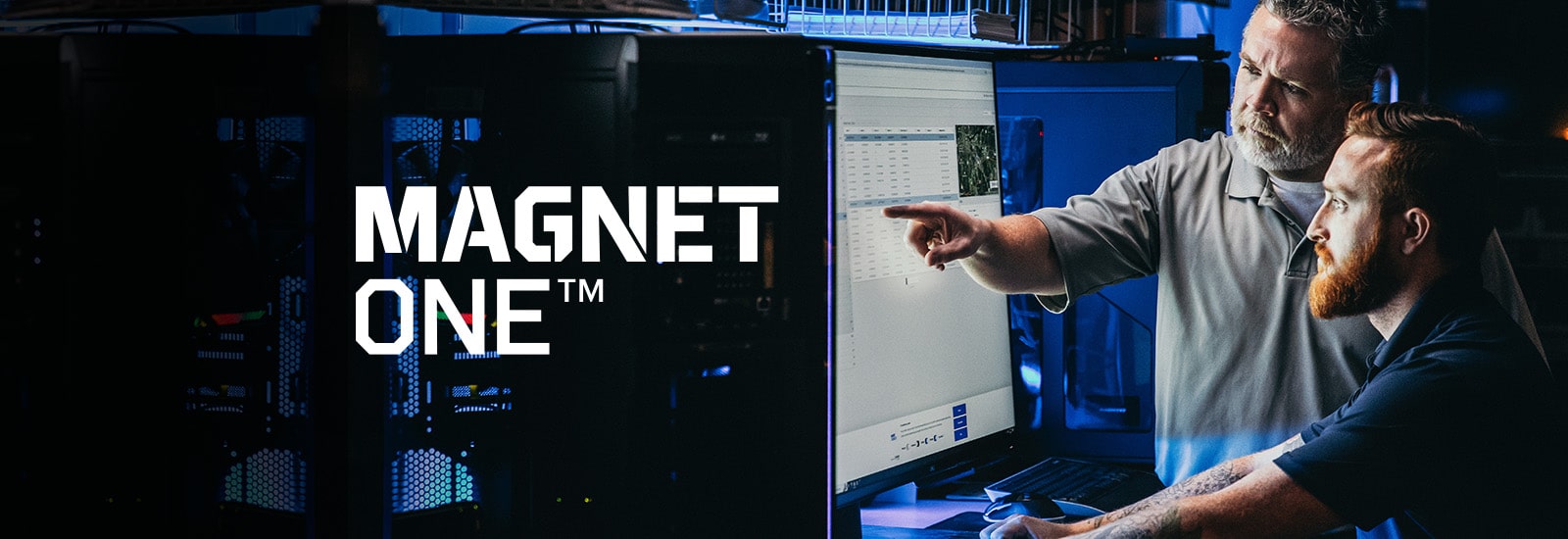
Reclaim time in your digital investigations with Magnet One: Part 2 – Accelerate your workflows with Magnet One
This is the second entry in a four-part series showing you how Magnet One helps your digital forensics lab save time and effort in your investigations. Be sure to check out the other entries in this series to learn more about how Magnet One helps you save time in your investigations by streamlining your forensics workflows, empowering your teams with real-time collaboration, and helping you tackle the growing challenges of data storage and management.
Managing your workflows both quickly and accurately is crucial to success in digital forensics. DFIR teams must process data and deliver reliable insights across a variety of different workflows and tools.
But for many labs, the pressure to move faster is met with outdated processes that depend on disconnected tools and repetitive, manual tasks. Valuable time can be wasted on entering the same metadata into multiple tools and manually managing tool handoffs and tracking case progress. The result? This leads to burnout, backlogs, and lost time that could be spent on investigative work.
Magnet One changes that.
By eliminating redundant tasks, centralizing case management, and giving your team real-time visibility into lab activity, Magnet One helps you spend less time managing processes and more time delivering results. Magnet One gives your team the investigative edge it needs to move faster, stay focused, and work smarter. And the best part? You can start using Magnet One for free today.
Synchronize data across your tools
In many labs, creating a new case requires logging device details in multiple tools and re-entering evidence source metadata such as international mobile equipment identity (IMEI), unique device identifier (UDID), or serial numbers every time a tool is used. This duplication of effort not only wastes time, but also increases the risk of errors and inconsistencies in case records.
Magnet One automatically synchronizes case and evidence metadata between connected apps and Magnet One, so you only need to input case information once. As soon as a case or device is created, that information becomes available throughout the platform, automatically populating relevant fields wherever needed.
For example, when you first connect a mobile device to a Magnet Graykey that is connected to Magnet One, that device can be associated with a new or existing Magnet One case and the associated metadata, case ID, and notes are then synchronized with Magnet One immediately. Not only will this information be available in Magnet One but it will also be sychronized with other connected tools like Magnet Axiom or Magnet Review.
You could also create the initial case in Magnet One or Magnet Axiom, inputting data there that would then be synchronized with your Graykey once you begin an extraction.
This integration eliminates tedious rework and ensures that your data remains consistent from intake to reporting. At the same time, lab teams minimize error rates in case documentation because they don’t have to keep entering information manually. It’s a small shift with a big impact: less manual entry, fewer delays, and more time for the actual work of investigation.
Magnet One currently includes integration with several Magnet tools, including Magnet Axiom and Axiom Cyber, Magnet Graykey and Verakey, Magnet Automate, Magnet Review, and Magnet Witness, with more products to follow.
Gain real-time visibility into case progress
When tools and information are siloed, it’s hard to know what’s happening in your lab at any given moment. Examiners might manage their own case notes in documents or spreadsheets. Managers rely on check-ins or ad hoc updates to understand progress. Meanwhile, email threads, phone calls, or even Post-it notes are used to request updates or assign tasks. Without centralized oversight, it’s easy for tasks to be missed or delayed, cases to stall without anyone realizing it, or investigators to feel overwhelmed or underutilized.
Magnet One offers a unified dashboard where every case, every task, and every status update is visible in real time. You can quickly see which cases are in progress, which are waiting on action, and what’s been completed.
For lab managers, this means:
- Monitoring lab performance and examiner activity at a glance
- Spotting bottlenecks or overdue tasks before they escalate
- Allocating resources based on real-time workloads
For examiners, this means having precise knowledge of each case’s status without having to ask anyone as well as easily keeping track of their workload and upcoming responsibilities. Reducing interruptions from colleagues who need updates saves time for everyone. This centralized visibility transforms the way labs operate. Teams stay aligned, no time is wasted checking on status, and overall workflow becomes more predictable and efficient. With the status of cases easily visible, managers spend less time chasing case updates, teams can improve their productivity, and investigators can focus on the most important aspects of a case.
Accelerate your investigations today
If you’re ready to improve efficiency and reduce friction in your DFIR workflows, there’s no better time to start than now! Sign up for Magnet One for free and start saving time today.
Coming Soon: In future entries in this series, we’ll explore how Magnet One improves collaboration, helping teams communicate more effectively, reduce miscommunication, and stay in sync across every stage of an investigation. We’ll also look at how Magnet One’s cloud-native storage capabilities help labs securely scale their evidence storage and management to protect the chain of custody from start to finish. Stay tuned!